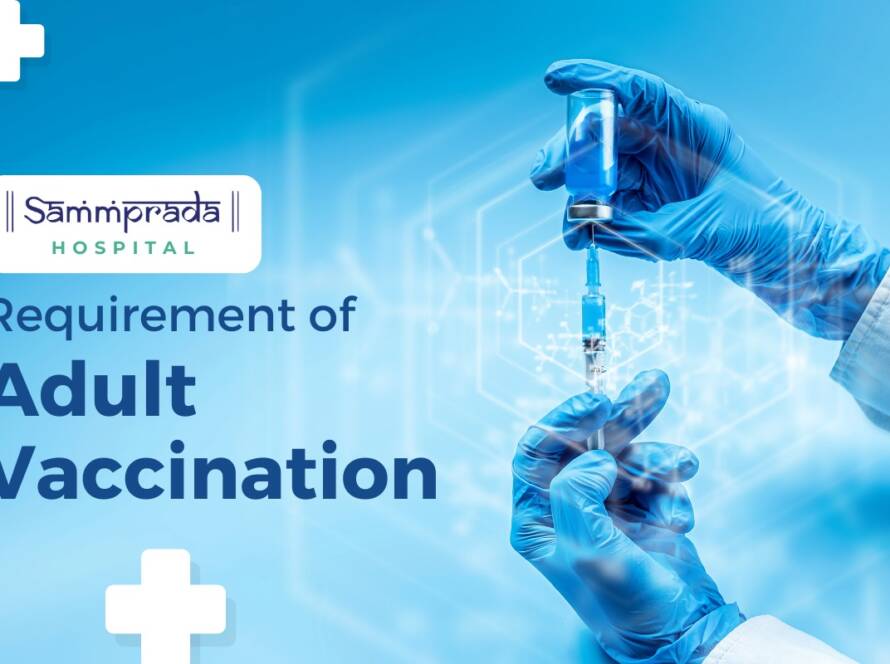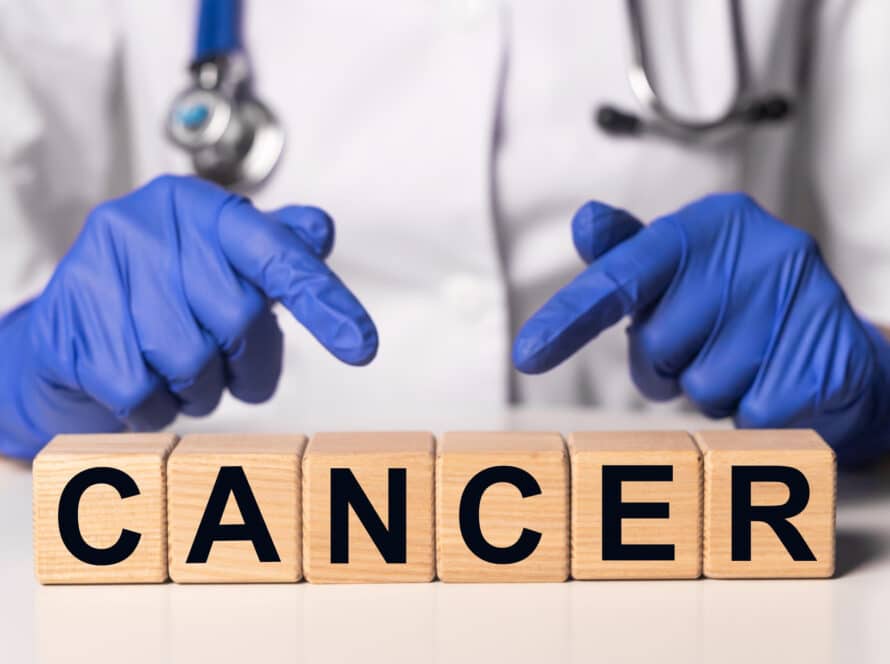Introduction
Signs symptoms of breast cancer, It is natural for cells to divide, and replace old with new ones. Disruption of this sequence results in derangement of the system, which in turn causes irregular growth of abnormal or damaged cells. This is called a ‘tumor’, which include lumps of cancerous and non-cancerous (benign) tissue.
One-third in the age group of 25 to 49 years, a little more than one-fourth in the age group 50 to 69 years, and a little less than one-fourth in the age group >50 years respectively, are the proportion of breast cancer of all cases of cancer among women in India. The five-year survival rate for breast cancer in India is 66%, compared with 90% in high-income countries. Early detection can enable favorable outcomes for the treatment of breast cancer. A change in size, color, or feeling of a lump in your breast can be a sign of cancer. Do not ignore. The Gynaec-oncologist at Sammprada, Bangalore, could be consulted for further guidance.
Let us examine who is at a higher risk for breast cancer, and its signs symptoms of breast cancer
Risk factors: Some of the common risk factors include
- Increasing age
- Female sex
- Family history and genetics
- Smoking
- Alcohol use
- Obesity
- Parity
- Radiation exposure
- Hormone replacement therapy.
Certain risk factors are modifiable while others are not. However, a screening test can mitigate your risk of discovering it at an advanced stage.
Although the signs symptoms of breast cancer are unique to each individual, the initial symptoms complained by most women include noticing a lump or an area of thickened tissue in their breasts.
Most breast lumps are not cancerous (benign), but it is always ideal to have them examined by a physician.
If you experience any of the following symptoms, consult with a Gynec-oncologist at Sammprada Cancer Hospital.
- Formation of a new lump or area of thickened tissue in either of the breasts, which was not present earlier,
- Change in size or shape of one or both breasts
- Change in color – Redness of the skin on your nipple or breast
- Any discharge of fluid (usually blood-stained) from either of your nipples
- Swelling or a lump felt in either of your armpits
- A change in the look or feel of your skin, a rash (like eczema), crusting, scaly or itchy skin
- Any change in the look of your nipple, such as redness or inverting,
- Any changes in the shape, size or contour of your breast
- A pea-sized mass or lump, in either of the breasts
- A thickening or lump in your underarm or near your breast that persists all through your menstrual cycle
- The distinctly different area from the rest of the area on either breast
- A marble-like hardened area under the skin of your breast .
Some individuals present with either few or no symptoms of breast cancer, especially in the initial stages. Hence, routine mammograms are primarily important in the early detection of breast cancers.
Conclusion
Self-examination for early signs and symptoms can help in accessing care at an early stage. The only way to avoid breast cancer includes screening mammograms as per the recommended guidelines. Sammprada, the complete cancer hospital is equipped to provide breast cancer care through highly experienced and skilled Consultants, in our state-of-the-art facility.


